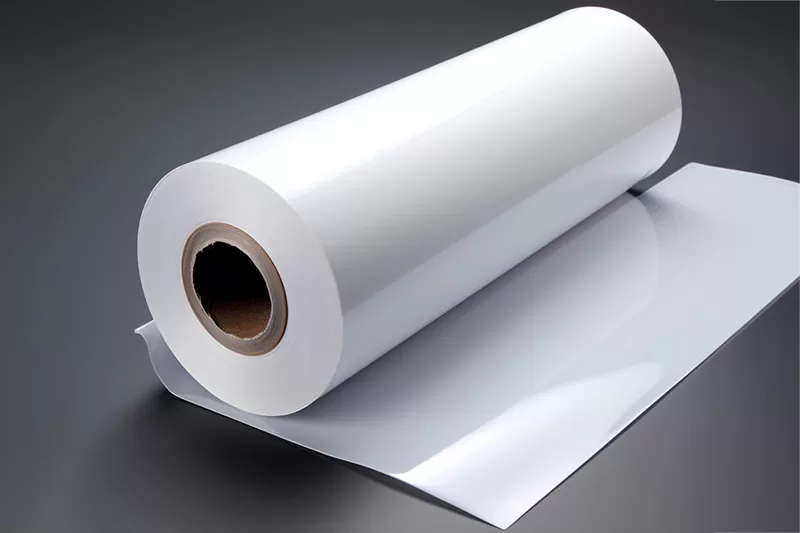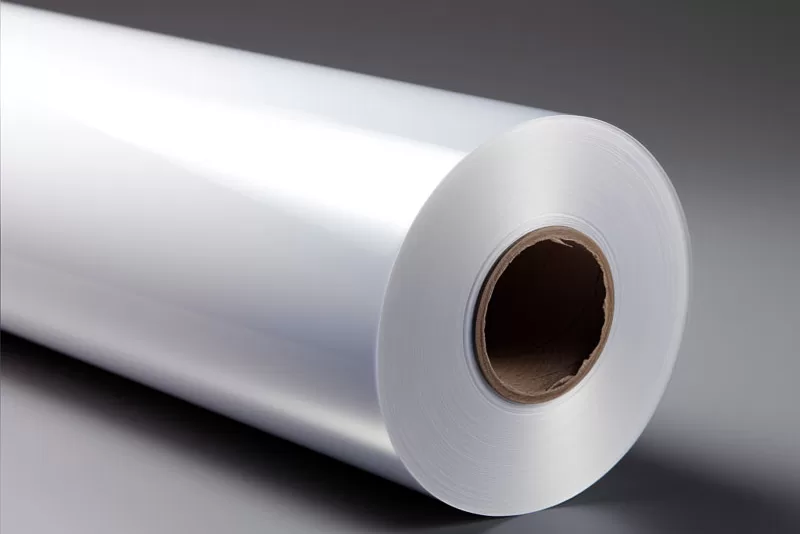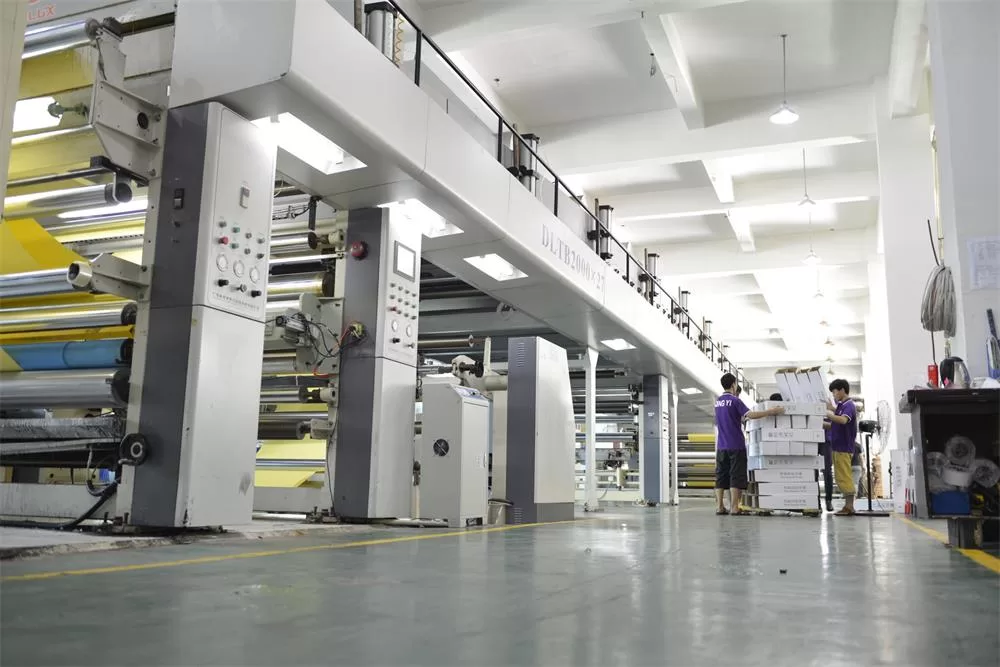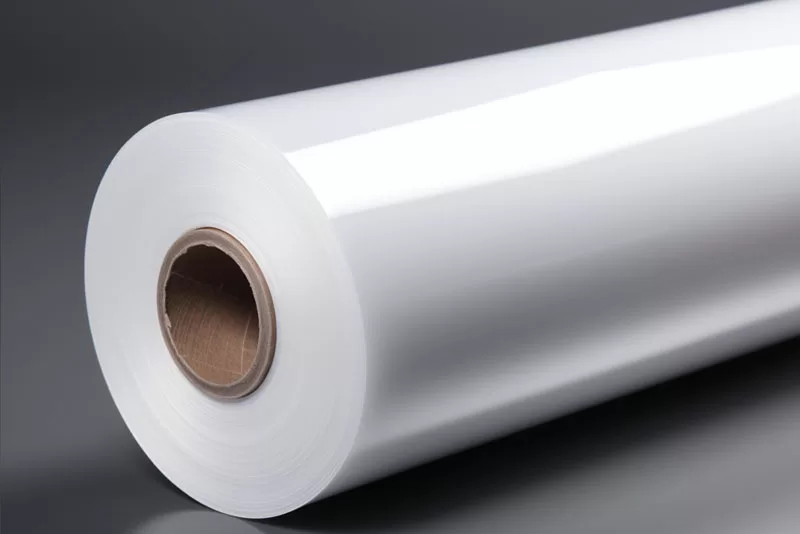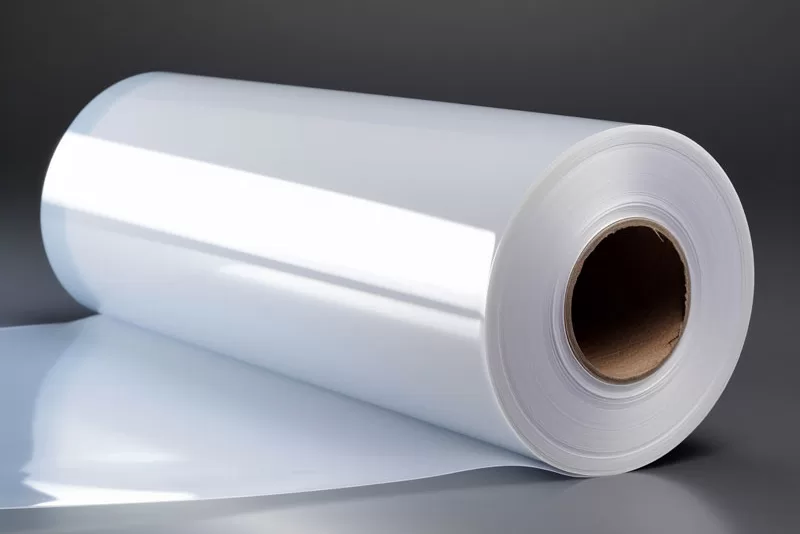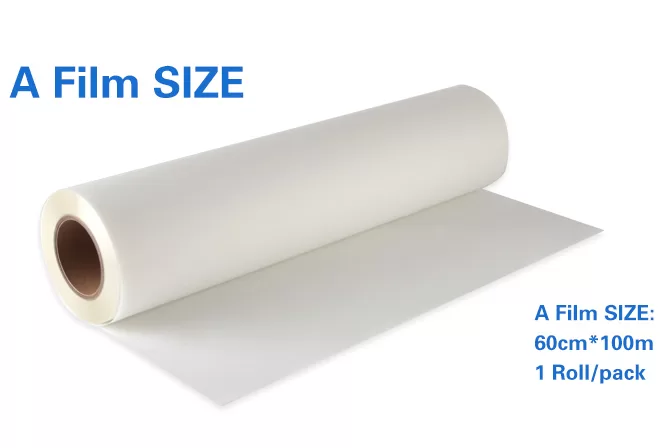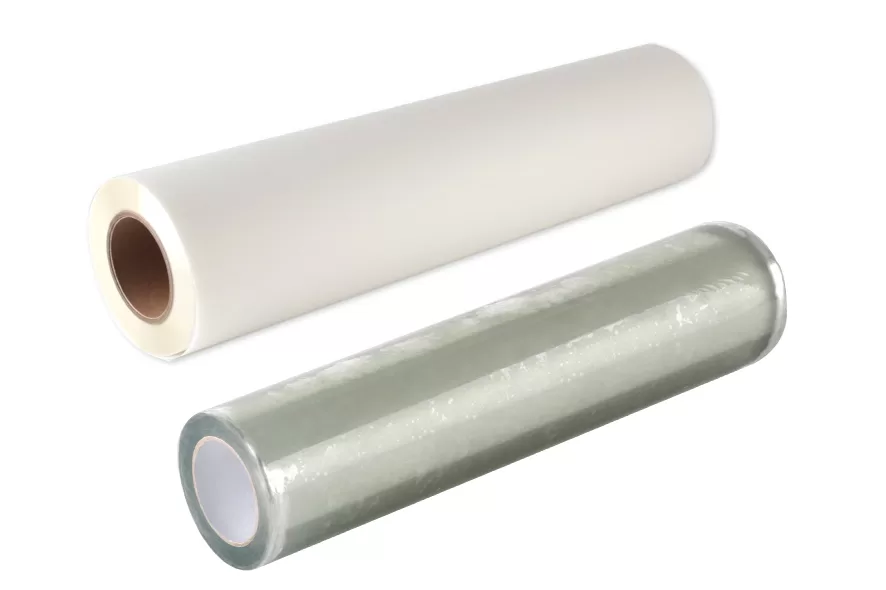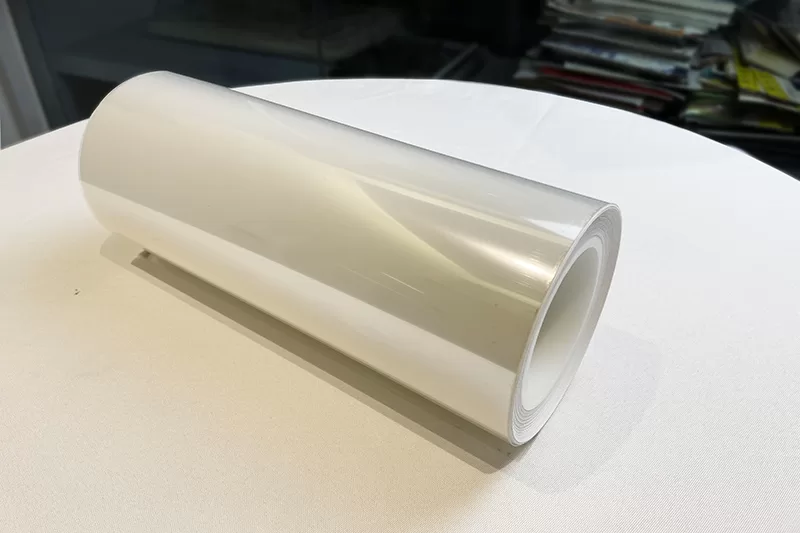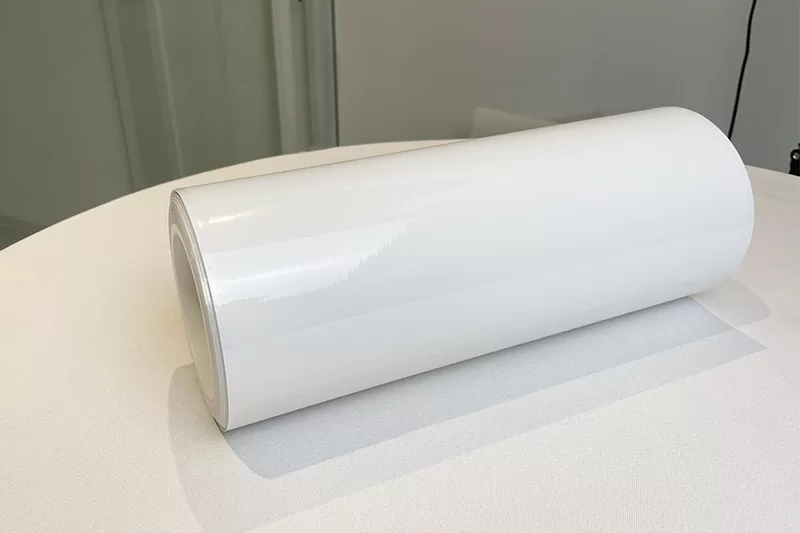When marketing and selling UV DTF film wholesale, it is important to effectively communicate the benefits and value of your product to potential customers. Here are some suggestions to help you with marketing and sales:
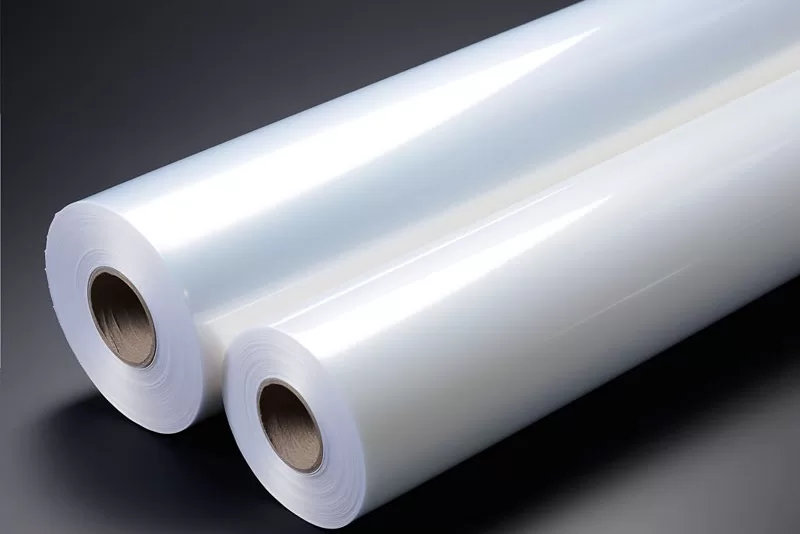
1. Define your target market: Identify your target market and understand their needs, preferences, and pain points. Identify industries or businesses that could benefit from UV DTF film, such as printing companies, promotional product manufacturers, sign companies or textile manufacturers. Tailor your marketing messages to meet their specific requirements.
2. Highlight the advantages: Clearly convey the advantages of UV DTF film to customers. These may include high-quality prints, bright colors, durability, versatility across different substrates and the ability to achieve complex designs. Highlights how UV DTF film improves its printing capabilities and helps it achieve excellent results.
3. Demonstration Samples and Case Studies: Provide potential customers with visual examples of UV DTF film capabilities. Showcasing high-quality prints and finished products created using UV DTF film. Case studies and testimonials from satisfied customers can also be effective in building trust and demonstrating the value of a product.
4. Educate customers: Some customers may not be familiar with UV DTF film and its advantages. Introduce them to technology, printing techniques and the advantages of other printing methods. Provide resources such as blog posts, videos or webinars to help customers understand how to best use UV DTF film in their print projects.
5. Build a strong online image: Build a professional website and use social media platforms to showcase your UV DTF film products. Optimize your online images by using relevant keywords, captivating content, and visually appealing images or videos. Actively engage with potential customers via social media, responding promptly and providing useful information.
6. Attend trade shows and industry events: Attend trade shows, exhibitions and industry events related to the printing and graphic arts industry. These events provide an opportunity to network with potential customers, showcase your UV DTF films, and gain valuable input on market trends and customer needs.
7. Provide customization and support: Provide your customers with personalized support and customization options. Offer help with color matching, technical support, or custom sizing to meet their specific requirements. By providing excellent customer service and support, you can build loyalty and long-term relationships with your customers.
8. Partner with a reseller or reseller: Consider partnering with a reseller or reseller who has established network and expertise in the printing industry. Working with them can help you expand your market reach and increase sales opportunities.
9. Offer Competitive Pricing and Incentives: Offer competitive pricing options and attractive incentives to attract potential customers. This may include volume discounts, special promotions or bundling options with other related products or services.
10. Monitor and adapt: Continue to monitor market trends, customer feedback, and competitive patterns. Stay informed about new technologies or advances in UV DTF film and adjust your marketing and sales strategies accordingly. Evaluate your marketing efforts regularly and make adjustments as needed to optimize your sales approach.
Through effective marketing and sales of UV DTF Film Wholesale, you can attract and retain customers, increase sales, and build a strong presence in the printing industry. Remember to focus on the bottom line, educate your customers, provide excellent customer service, and adjust your strategy based on market feedback.Hope the uv dtf film guide can help you.

